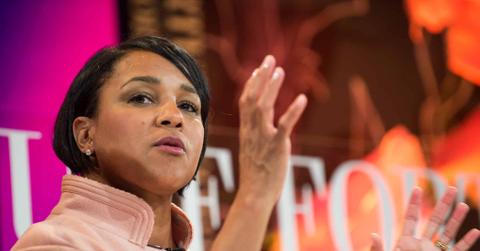Making History: Women Lead More Than 10% Of Fortune 500 Firms
Women have finally met a long-awaited goal in the business world. For the first time in Fortune’s 68-year history, more than 10% of Fortune 500 companies are led by women. As of January 1, five took on their roles, bringing the total number of women CEOs to 53.
For several years, the percentage of women CEOs was “stuck at around 8%” due to resignations and appointments happening at the same time, according to Fortune. “Women are here, and they’re showing results,” Jane Stevenson, global leader for the CEO succession practice at consulting firm Korn Ferry, said in a statement. “That just makes it smart to have women in every CEO pipeline.”
“Women as CEOs isn’t an oddity anymore,” she added. “It’s not the majority, but it’s not an oddity. So 10% makes it more and more normal—and less risky, subconsciously, to put a woman in the top spot.”

The five women who helped bring women to this milestone primarily came from the materials and manufacturing industries, including Karla R. Lewis, the leader of Reliance Steel and Aluminum which is worth $17 billion, Julie A. Sloat, the leader of Ohio-based American Electric Power, and Jennifer A. Parmentier, who is the leader of motion and control technologies business Parker-Hannifin.
In addition to Lewis, Sloat, and Parmentier, is Stephanie L. Ferris of Fidelity National Information Services and Maria Black of payroll and HR company Automatic Data Processing. Furthermore, promotions and replacements in major companies like Bath and Body Works helped women reach the threshold, thankfully counteracting some of the recent departures of women CEO’s at major companies.
Despite the exciting milestone, there is still a lot of work to be done, as there are still only three minority women CEOs: TIAA CEO Thasunda Brown Duckett, Walgreens Boots Alliance CEO Rosalind “Roz” Brewer, and Advanced Micro Devices CEO Lisa Su.
Fortune 500 companies make the most revenue in the United States and according to Fortune, the companies are a reflection of what is going on in the business world overall. This means that having more gender and racial diversity in these businesses reflects having more diversity overall. As we celebrate meeting the ten percent threshold, we look forward to more diversity being introduced into Fortune 500 companies over the years.







